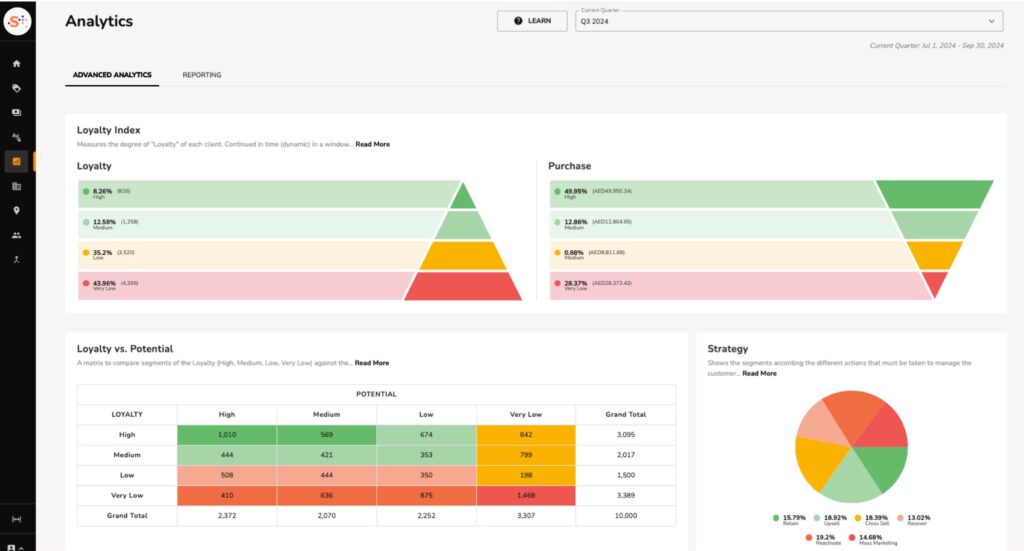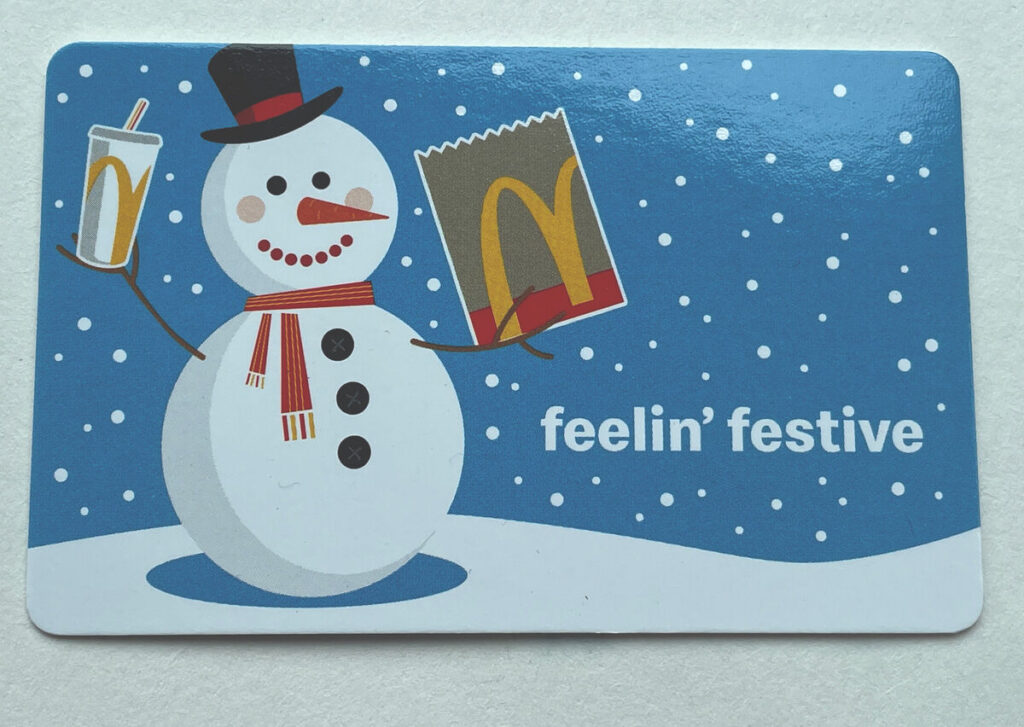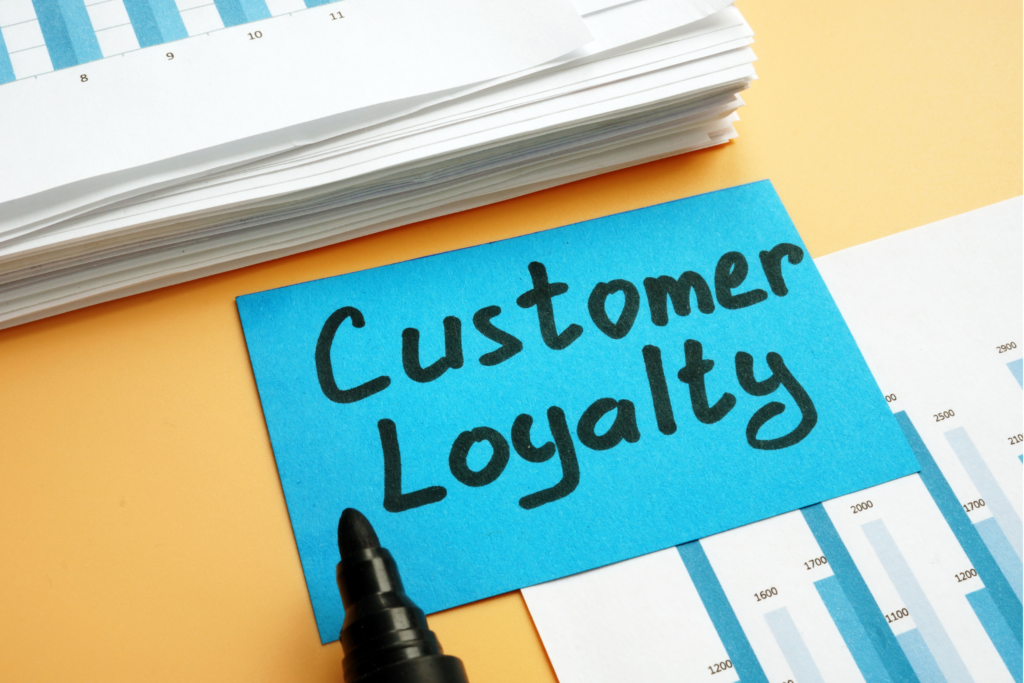Restaurant and retail gamification has been making progress over the last years. More and more brands have started recognizing how beneficial a strategy like this can be for their sales and marketing efforts.
“But isn’t gamification only reserved for employee engagement?”
It’s true that it’s mostly known as being used for employee engagement. However, it eventually started being incorporated into customer-oriented strategies by numerous restaurant and retail companies (both large and small-scale).
After all, various restaurant brands have already found ways to enhance customer loyalty this way, and some retail businesses have also seen how gamification can help them improve customer retention.
Let’s even take a quick look at brands that used gamification, and see what they managed to achieve with it too.
Domino’s Pizza is a good start. By using gamification, they managed to increase their sales revenue by 30%. Ford managed to do the same with its own strategy (their customers bought over $8 million in vehicles), and Badgeville & Kendall-Jackson were able to use gamification to increase customer engagement by around 65%.
Taking all that into consideration, if you run a restaurant/retail business or chain, and already have a loyalty program in place, adding a gamification aspect to it would definitely do wonders for your ROI.
And if you’re still on the fence about it, here are more detailed benefits to consider:
Table of Contents
Toggle1. You Can Gather Valuable Customer Data
Gamification features can give you more insight about your clients. Basically, when they interact with a gaming app that’s associated with your brand and loyalty program, you’ll be able to analyze and track exactly how they engage with your app – especially if they use their social media info as their login credentials.
Keep in mind that each user will be associated with certain achievements or badges (or other indicators), so it will be much easier for you to find out which users have the potential to become brand advocates in the long run.
And when you combine that kind of data with the analytics a loyalty program can offer you, you’ll be able to understand your customers and what they want even better.
2. Gamification Enhances Customer Engagement with Your Brand
Why? Well, first of all, it’s because it’ll be much more entertaining for customers to interact with your brand this way. They’ll feel as if they’re actively involved in this engagement – not that they’re just a simple bystander.
Furthermore, the idea of gamification for customers capitalizes on their innate competitive instinct – their drive to get a better score and see how well they do against other players.
Plus, look at it this way: When a customer earns a redeemable reward by getting a big score in your loyalty program-affiliated game, they will feel a genuine sense of accomplishment. That’s because they feel like they got that reward due to their sheer skill and willpower.
And that kind of feeling acts as a powerful incentive, meaning customers will be interested in progressing further to feel that sense of achievement once more.
Better yet, with gamification, people don’t feel that sense of disappointment they normally feel when they don’t win a giveaway, for instance. On the contrary, most of them will take it upon themselves to do their best next time to unlock their reward(s).
3. You’re Able to Stay Relevant on the Market
While gaming as a whole used to just be a way to spend your free time, it’s now evolved to a whole marketing segment. After all, in the US alone there are around 192 million mobile users who play games, and that number is expected to increase to around 213 million by 2020.
And since those are mobile users, you already know most of them will be casual gamers looking to pass the time with a quick, fun, and engaging game. And that can describe almost any one of your average modern consumers (be it a coffee shop patron or a clothing store customer), meaning that it’s the kind of data you just can’t afford to overlook.
Thus, using gamification in your marketing strategy (even better if it’s alongside your loyalty program) is an excellent way to stay relevant on today’s market. It will show your customers that you want their experience with your brand to feel like more than just a monetary exchange – you want it to be fun and memorable.
Best of all – if the game is well-done, properly represents your brand, and your customers can identify with it, they’ll think about your store/corporate chain every time they check their phone and see your game or when they’re playing it, automatically associating it with a feeling of pleasure and enjoyment.
4. You’ll Get to Attract More Potential Customers
Since gamification will help you stay relevant on the market, you’ll have a better chance of getting people interested in what you have to offer.
That’s not all, though – your most loyal customers will play an important part in this as well. If you allow users to share their scores or achievements on their social media profiles, more and more people will hear about your brand, and their first experience with it will be a positive, fun one.
Better yet, if you also incorporate referral features in your loyalty and marketing strategies alongside gamification, the potential customers in question will be much more likely to give your products or services a try.
All in all, your business will be able to take advantage of free social media marketing, which is definitely a valuable asset.
In fact, speaking of marketing …
5. Gamification Is a Very Effective Marketing Tool
Gamification opens up new possibilities when it comes to your marketing strategies. Sure, sending promotional text messages and running social media campaigns definitely works well, but what if you want to try something more interactive and subtle?
If you have a mobile game associated with your brand, you could use that as a marketing medium too. For example, you could notify users about limited promotions through in-game messages. Go the extra mile and customize the messages to reflect the theme of the game, and people will be more likely to interact with them.
You’re not limited to that idea alone, though. You can also try hiding promotional or discount codes in your game as “easter eggs,” or using leaderboards to highlight who your most active customers are (if you’re using a more basic gamification app).
Whatever you decide to do, one thing is clear: This way, your marketing strategies won’t run the risk of coming off as too salesy to various customers (especially low-loyalty ones).
So, Looking to Capitalize on Gamification Too?
That’s an excellent decision. Just keep in mind that the gamification features you will add must be in tone with your brand, well-executed, and they also have to resonate with your consumers.
After all, if the gaming elements you’ll be adding won’t make customers want to interact with them, they won’t be too successful, right?
Now, we do realize that achieving something like that will take a lot of effort – and time, especially. And we know that, given your position, you probably can’t fully focus on a project like this.
Of course, many of you will instantly think of relying on a development agency or freelancer for such a project. But the problem with that is that it can be quite costly – not to mention the development process might take a few months, and the agency or freelancer in question might not be accustomed to the idea of integrating gamification with loyalty marketing.
Fortunately, there’s good news. We here at Spoonity will soon be adding gamification features to our loyalty platform. Unlike a development agency or a freelancer, we have years of experience in the loyalty industry, and we know what it takes to help your business stand out from the rest to meet consumer demands.
The new app feature will range from simple leaderboards to complex games specifically suited for your brand. Yes, that means we can personalize this feature down to the last detail depending on what type of restaurant or retail business you run, how large it is, and what type of consumers you cater to.
For instance, if you run a burger joint, we’ll outfit your loyalty app with a burger-themed game (like a make-your-own-burger type of game).
The bottom line is that your customers will have a bigger incentive to engage with your loyalty apps now.
What’s more, players will be encouraged to share their scores on their social media profiles. That means your brand will get even more exposure, as more people will hear about you.
Best of all – even if you don’t have a loyalty program in place, we can help you out. Our loyalty platform is fully white-labeled, so getting started won’t be too difficult, time-consuming, and resource-intensive.
So, feel free to get in touch with us, and we’ll start working on setting you up with a top-notch scalable loyalty app, or start planning the gamification features your loyalty program needs to retain customers and attract new clients.














